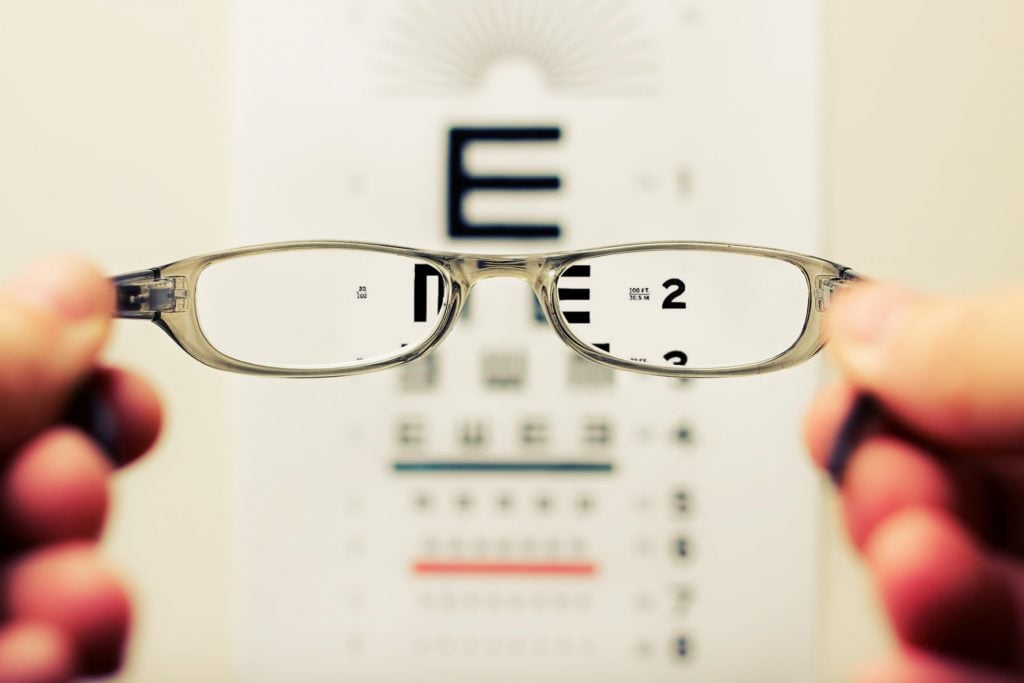Pediatric Ophthalmology
Overview
If your child is suffering from any disorder associated with vision, eye structure and eye movement – Our Pediatric Ophthalmologist Department can help you!
We strive to provide comprehensive care for all eye and eye movement disorders in children like managing refractive errors, allergic diseases of the eye, lazy eye (Amblyopia), squint and other eye conditions.
What is Pediatric Ophthalmology?
Pediatric Ophthalmology is the study of eye development & functions as well as eye movement disorders in children.
A pediatric ophthalmologist assesses and treats children with common eye complaints, such as repeated blinking of eyes, eye itching, difficulty in seeing blackboard, squint and eye movement issues.
Pediatric Ophthalmologist knows how to examine and treat young children and teens in ways that help them relax and co-operate for examination.
The Pediatric Ophthalmology department at Sitaram Bhartia provides comprehensive consultations, evaluation and diagnosis, clear management plans including nutritional support.
Meet the Team
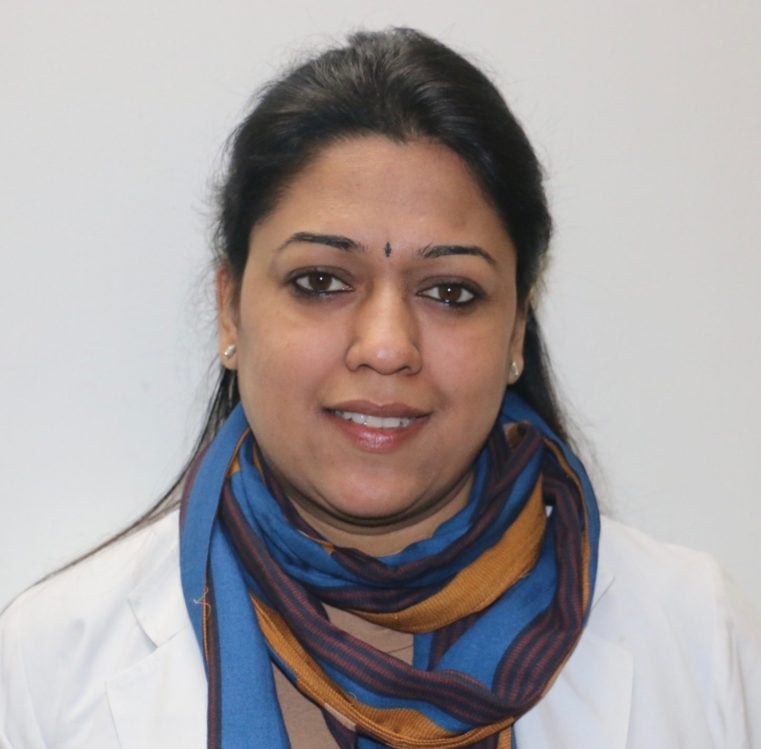
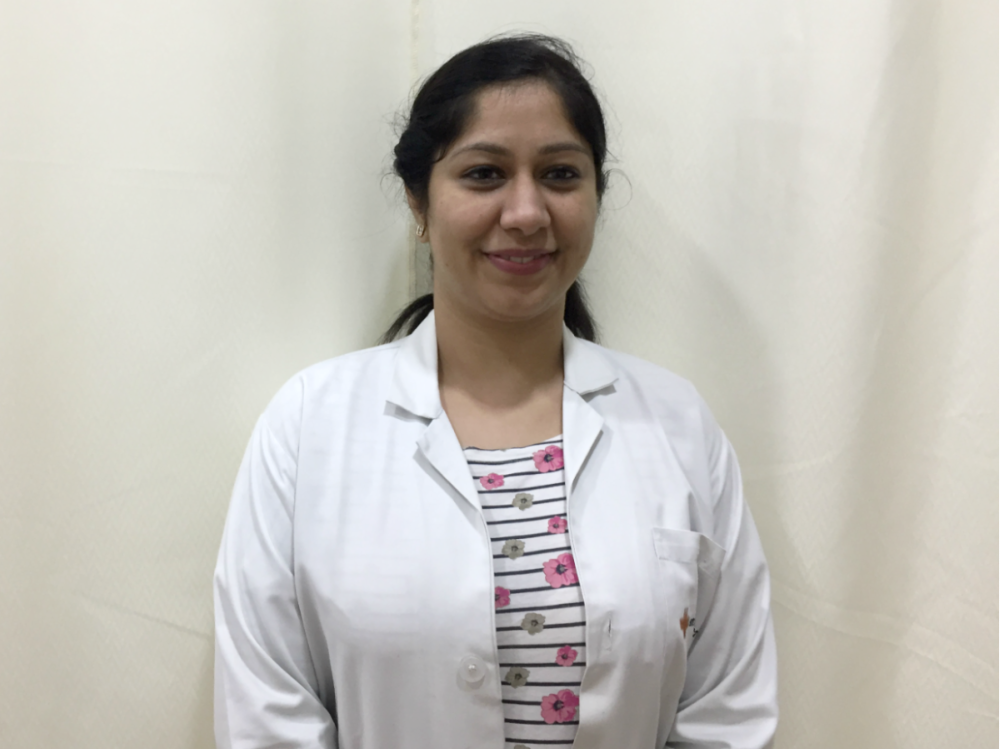
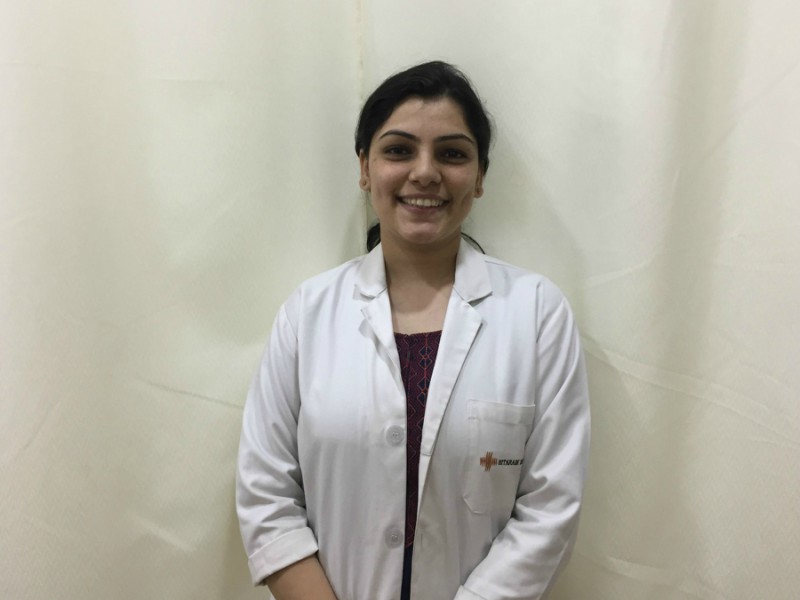
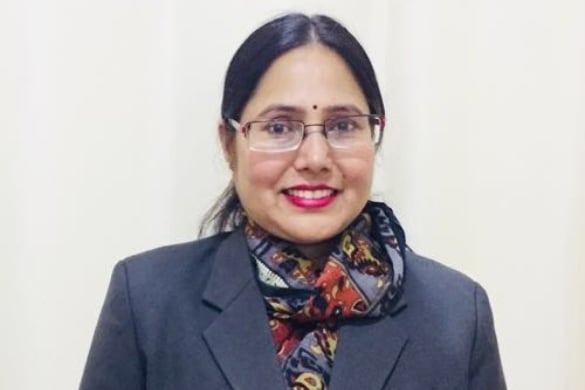
Conditions Treated
- Refractive errors
- Amblyopia/ lazy eye
- Squint / Strabismus and Eye movement disorders
- Nystagmus
- Pediatric cataract
- Pediatric Glaucoma
- Eye Allergy, Infections
- Congenital Corneal Disorders
- Retinopathy of Prematurity (ROP) Screening
- Pediatric Retinal Disorders – Coloboma, Retinal detachment
- Pediatric Oculoplasty disorders – watery eyes, congenital nasolacrimal duct blockage, lid malformations, ptosis
- Ocular Tumors like retinoblastoma
- Low Vision and Vision Therapy Clinic
- Neuro-ophthalmology
- Ocular Conditions associated with genetic diseases
- Ocular Conditions associated with Autism Spectrum disorders, Cerebral Palsy and Down’s Syndrome
- Learning and Reading Disabilities
Services provided
- Complete Ophthalmic evaluation of a child
- Refraction
- Retinoscopy
- Vision Screening using a photo screener
- Intraocular pressure using Tonopen
- Hand held slit lamp examination
- Direct Ophthalmoscopy
- Indirect Ophthalmoscopy
- Prism evaluation of Squint & Nystagmus
- Paediatric cataract Surgery
- Squint Surgery for children and adults – All types of simple & Complex squint, Oblique muscle surgery, Adjustable muscle surgery, Muscle transplantation and Muscle Transposition surgeries
- Botox for Squint & double vision
- Paediatric Glaucoma Surgery
- Ptosis surgery for droopy eyelids
- Syringing and Probing
- Paediatric Dacryocystorhinostomy with/ without Silicon intubation
- Nystagmus Correction Surgery
- ROP Screening & Lasers
- Vision Therapy
- Vision Rehabilitation
Disorders treated
A pediatric Ophthalmologist treats many disorders ranging from refractive errors to Paediatric cataract, eye movement problems and neuro-ophthalmic conditions affecting the eyes.
This is a glance at the disorders treated by a Pediatric Ophthalmologist:
• Refractive errors:
Disorders like myopia (near-sightedness), hyperopia (far-sightedness) and astigmatism can often be corrected with prescriptions for glasses or contacts. With a rampant increase in nearsightedness (Myopia)- a special Myopia Research Clinic is planned to be initiated in the near future.
• Vision Screening:
Screening of kids can be done as early as a newborn to rule to eye disorders. Special photo screening can be done to rule out refractive errors, amblyopia and gaze/ eye movement disorders at an age of 6 months.
• Amblyopia/ lazy eye:
It is a failure of the eye to connect to the brain due to lack of use of one eye during infancy and childhood. Therefore, the vision in the amblyopic eye remains poorer than in the normal eye. To solve this, the poorer seeing eye is forced to be used by patching the preferred eye and combined with the use of glasses where necessary.
Amblyopia must be corrected by 9 years of age by which time it becomes permanent. To detect and treat ambylopia, it is necessary to examine pre-school age children.
• Squint / Strabismus and Eye movement disorders:
Misalignment of eyes can be since birth or can be acquired at later years. It may hamper cosmesis, vision and depth perception. Early and appropriate treatment is necessary for good outcome. We have the expertise to manage both by surgical and non-surgical approach. Nystagmus / Shaking of eyes can also be treated with us.
• Comprehensive Ophthalmic Evaluation of children:
Refractive errors, examination of optic nerve and retina as a whole. Lot of compassion and patience is required to examine and treat these children. Kids suffering from cerebral palsy, neuro-developmental delay, autism and other neurological issues mostly have associated eye problems. A general ophthalmologist is not able to examine and treat them according to their day-to-day requirements and ability.
We also have a team of Paediatric Neurologists and Occupational therapists, Speech therapists to whom these kids can be referred for better treatments. We assure you a comfortable and compassionate service at our hospital.
• Genetic Diseases:
Genetic disorders often cause eye problems in affected children. Since approximately 30% of genetic syndromes affect the eyes, examination by a paediatric ophthalmologist can help with the diagnosis of genetic conditions.
Procedures performed
A pediatric Ophthalmologist can perform many procedures ranging from Corneal disorders to lens removal to eye muscle surgeries. This is a glance at the procedures performed by a Pediatric Ophthalmologist :
• Pediatric Cataract Surgery:
Although cataracts are very common in adults — Cataracts in newborns and children are relatively rare and require specialized care. It is different from adults because an opening is required in the posterior capsule also so as to keep the visual axis clear.
If the intraocular lens is not inserted, then soon after surgery the child will be fit for a special contact lens which the parents will be trained
how to care for, or glasses will be dispensed. Following surgery, amblyopia treatment is commonly needed to correct any laziness of vision induced by the cataract.
Cataract extraction of the pediatric age group is a complicated surgical procedure involving specialized planning preoperatively, complex intra-operative skill and post-operative care.
Dr. Rasheena Bansal has performed over 300 of these procedures.
• Squint Surgery:
In a squint surgery the muscles are tightened or made loose (Balancing of muscles). This is accomplished through a small incision under the area covered by lid and therefore is not seen from outside. The operation is performed with the stitches, which are not easily visible, and gets
absorbed on its own within 6-8 weeks.
All squints don’t require surgery. Generally squint appearing before one year of age like Congenital Esotropia, needs to be corrected at the earliest possible so as to have proper development of visual functions of your child. Exotropia needs to be evaluated from time to time and your eye doctor is the best to guide you when it needs to be operated.
Dr. Rasheena Bansal has performed over 2000 of these procedures. She has the expertise to handle squint surgeries varying from simple to complex, oblique muscle and muscle transposition
surgeries.
• Syringing & Probing for Tear Duct Obstruction:
Probing of the nasolacrimal duct is a surgical procedure performed to relieve the obstruction for any of the following reasons:
• If the signs of the tear duct obstruction persist by the first birthday.
• If the pus-like discharge persists despite use of the antibiotic eye drops and massage.
• If a more serious infection of the tear duct (“dacryocystitis”) or infection of the skin over the tear duct occurs as a result of the obstruction.
This delicate procedure is safely performed when your child is motionless. This is best achieved with a brief “mask” anesthesia at a hospital outpatient surgical facility.
If it still persisits after probing, it is tried again or otherwise the child needs major procedure like Dacryocystorhinostomy with or without silicon intubation for relief.
• Ptosis Surgery:
Eyelid ptosis refers to the drooping of one or both eyelids and is caused by weakness of the muscle responsible for raising the eyelid. The eyelid droop may be barely noticeable, or in severe cases, the lid can descend over the entire pupil. Drooping eyelid can occur in both children and
adults and can be caused by the normal aging process, a congenital abnormality (present before birth) or the result of an injury or disease.
Ptosis does not usually improve with time, and nearly always requires corrective upper eyelid surgery. In most cases, surgery is performed to strengthen or tighten the levator muscle and lift the eyelid.
If the levator muscle is especially weak, the lid and eyebrow may be lifted. he surgery helps them to look cosmetically good, avoids development of lazy eye which cannot be rectified if detected at later age.
Recent Reviews

